Plants in a tank may bring a natural look, but do fish eat plants? Yes, your pet fish may be only interested in chewing them! This is inconvenient for aquarium lists. This article will introduce you to fish that eat plants – plant-eating fish. Further, we will explain why the fish are keen on munching your selected greens and acquaint you with the ten worst aquarium pickers. We’ll also advise on the best ways to maintain an aquatic environment where your fish and plants can co-exist.
Content Table
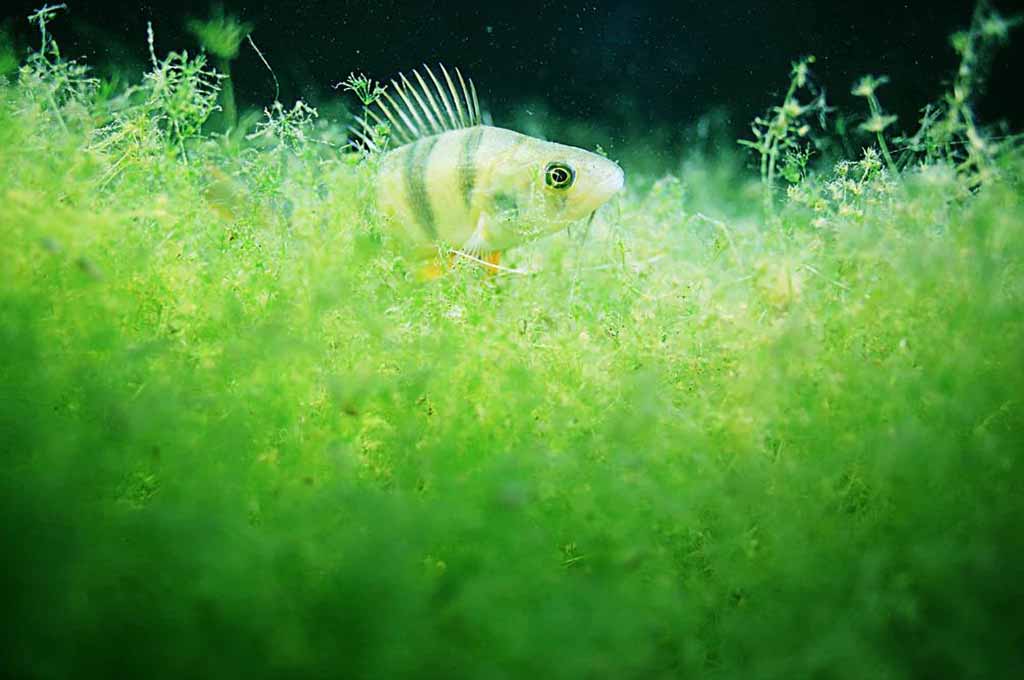
Do fish eat plants
Do Fish Eat Plants
Indeed, there are plant-eating species of aquatic life forms. They are consumers that feed on plants exclusively, so they are referred to as herbivores. Both fishes live in freshwater and saltwater environments. Some of the common herbivorous fish include:
- Parrotfish: These parrotfishrange in color with orange and red dominating their bodies and are found on coral reefs and use their powerful beaks to graze on algae. They chew the coral and consume the algae that live inside of it!
Explore more info on How Many Parrot fish Should You Keep Together
- Damselfish: Damselfish are the other common fishes often found in coral reefs. They are strictly herbivores, as their diet consists of algae on rocks and other structures. Explore the Damselfish profile.
- Rabbitfish: These fish are characterized by long snouts, which they use to graze on algae and seaweed.
- Algae eaters: Some of these fish, such as pleco and Siamese algae eaters are bred for their ability to feed on algae. They have sharp bony plates that cover them from the algae that cuts as they feed and small scraping tools in the mouth.
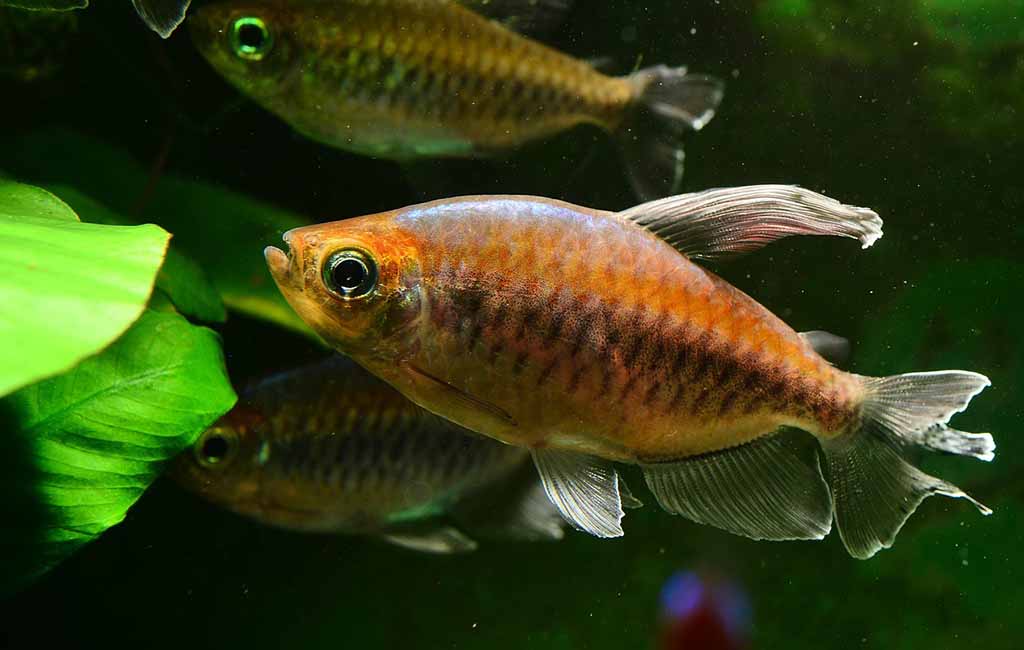
Fish that eat plants
Why Are My Fish Eating My Plants?
There are two main reasons why your fish might be munching on your aquarium plants.
1. Lack of nutrients
That is the reason why fish also require a balanced diet to sustain health. If the regular fish food lacks certain nutrients, they would require more nutrients and seek them in the plants that are kept in the tank.
2. Certain fish species
There are fish that prefer taking their meal from plants to others. Algae-eating fishes as well as other herbivorous fish may feed and destroy your plants. Some omnivores may still sample plants since they are there.
Top 10 aquarium fish that eat plants
1. Trout fish (Oncorhynchus mykiss)
| The rainbow trout, brook trout, brown trout, golden trout, or cutthroat trout are all known for their appetite for plants. They always graze around the aquarium and eat in a messy way, which can destroy the plants. They have a unique grinding mechanism in their throat for chewing leaves; stems and even algae. | 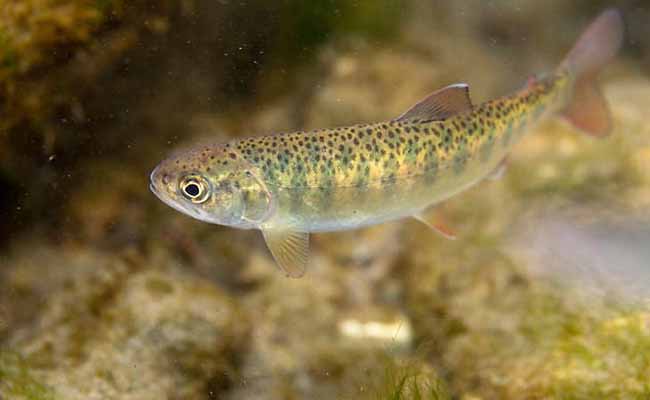 |
2. Silver Dollars (Metynnis spp.)
| These large and schooling silver dollar fish are the omnivores that prefer to eat the plants. In nature, they eat fruits, nuts, and plant material supplemented with insects and other small animals. In aquariums, these fish will eat softer-leafed plants and entirely devour the leaves or leave holes, according to a survey. | 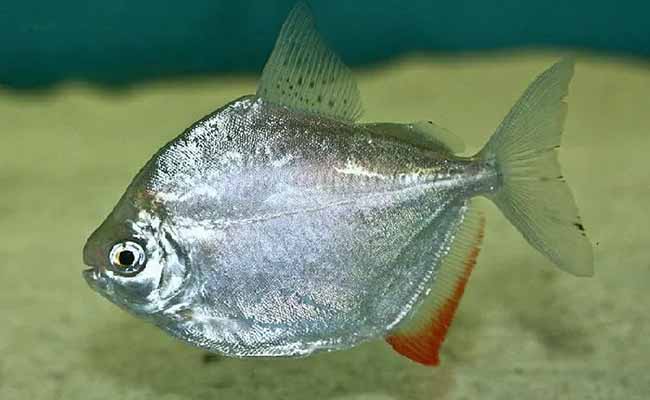 |
3. Plecos (Hypostomus Plecostomus)
| Some of these armored catfish are sold as omnivores and algae-eaters, but these are herbivores. They have a sucker mouth able to scrape algae off of any surface and from plants. Common pleco fish are large and might uproot or damage delicate plants in the food search. The most preferred varieties of pleco are the smaller ones or the bristle nose pleco which are least destructive to the plants. | 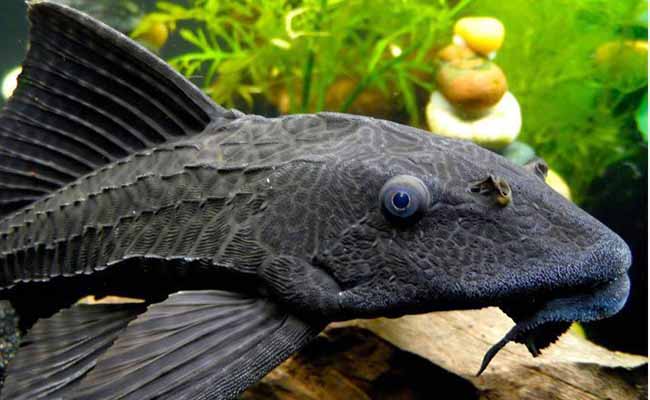 |
4. Mbuna (Various African Cichlids)
| Lake Malawi cichlids are excessively fighting and are always grazing fish. They feed on algae and other plants that grow on rocks, but they also eat soft plants easily. They are fast, and they can sweep away most of the planted tank materials unless strong protections are selected for dining plants. |  |
5. Oscars (Astronotus Ocellatus)
| These large, intelligent Oscar cichlids are highly opportunistic feeders. While they are meat eaters, they will eat plants as well, especially soft-leafed plants. The large size and tendency to dig can also destroy parts of the aquascape. | 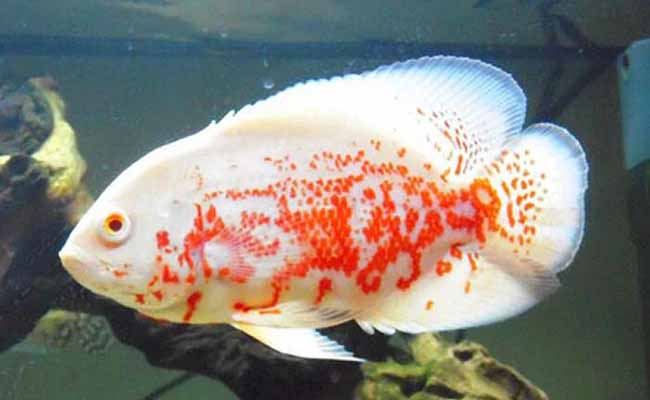 |
6. Leporinus spp
| These are some of the common peaceful fish also referred to as Leporinus fryeri or simply Leporinus fish and have a peculiar taste for plants. Their teeth are well suited for breaking and chipping leaves, and it only takes them a shorter time to clear the entire garden of the foliage of even the strongest of plants. | 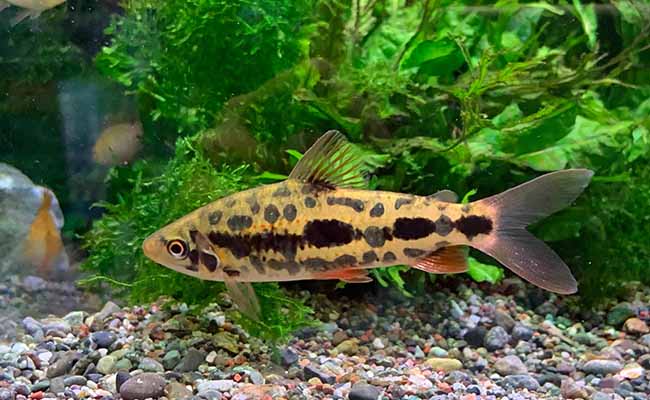 |
7. Tinfoil Barbs (Barbus Schwanenfeldi)
| These schooling fish are active and vegetarians as well. These beetles are likely to chew on the leaves and stems of even very soft plant materials. The best way to maintain this is to feed them well and in large groups with plenty of hiding places to avoid damaging plants. | 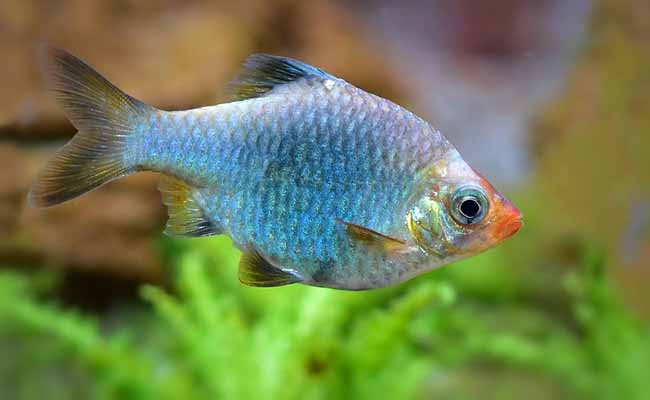 |
8. Bala Sharks (Balantiocheilus Melanopterus)
| These are some other examples of fast-growing peaceful herbivores. Their main source of food is phytoplankton and other plant-based food. It does not eat plants directly, but it could consume too much if there are planted ones. | 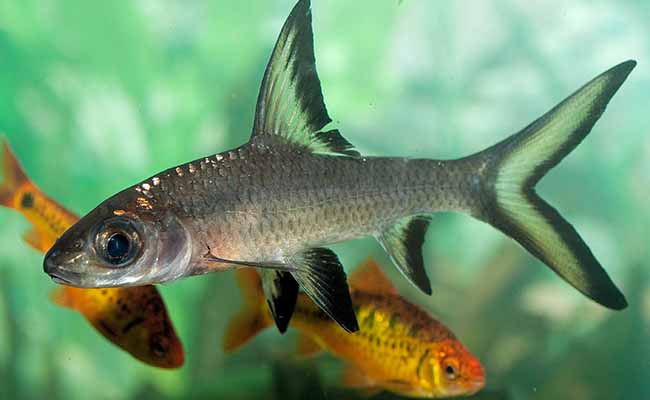 |
9. Rosy Barbs (Barbus Conchonius)
| These schooling fish are omnivorous and will happily eat plants, especially softer-leafed plants. They should be fed well and in groups, and they should have adequate hiding places to reduce plant damage. | 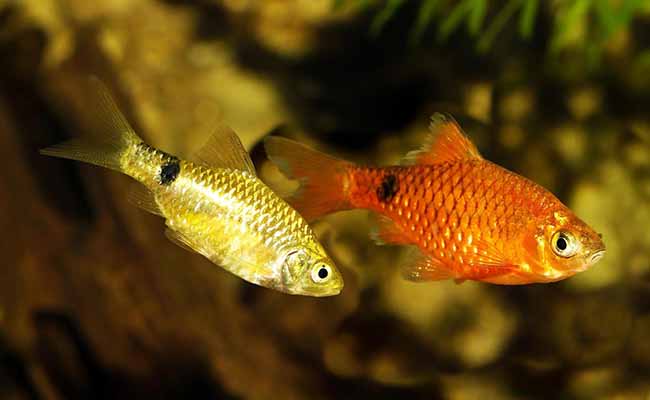 |
10. Red-Tailed Black Sharks (Epalzeorhynchus Bicolor)
| Although they are known to be algae eaters, they are omnivorous and will eat plants, especially soft-leafed plants. They are night movers and active feeders and hence may be more destructive to crops than their counterparts. | 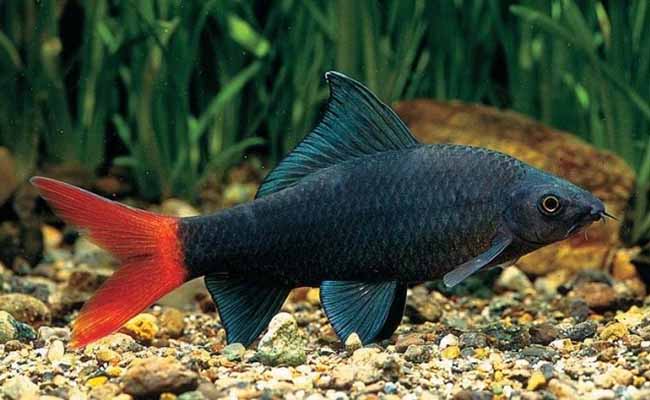 |
List of Plant-Eating Fish
What fish eat plants? Here is the list of plant-eating fish for aquarium hobbyists:
| Fish Name | Description |
| Silver Dollar Fish | A popular aquarium fish known for its round, silver body and appetite for plants. |
| Pacu | A relative of the piranha, known for its strong teeth and preference for plant matter. |
| Siamese Algae Eater | Often kept in aquariums to control algae growth, they also enjoy plant-based diets. |
| Plecostomus (Plecos) | Known for their algae-eating habits, they also consume plant materials. |
| Mollies | Small, adaptable fish that often nibble on plants and algae in aquariums. |
| Amano Shrimp | Effective algae eaters that also consume plant debris and detritus. |
| Goldfish | Omnivorous fish that often graze on plants in ponds and aquariums. |
| Rainbowfish | Brightly colored fish that enjoy a diet including plant matter and algae. |
| Mbuna Cichlids | Herbivorous cichlids from Lake Malawi graze on algae and plant material. |
| Rosy Barb | Active fish enjoy munching on plants and are often seen nibbling on aquarium foliage. |
| Otocinclus Catfish | Small catfish are known for their algae-eating abilities, also consuming plant matter. |
| Bristlenose Pleco | A type of Plecostomus that feeds on algae and plant materials in aquariums. |
| Buenos Aires Tetra | Hardy fish that are known to eat live plants in aquariums. |
| African Cichlids | Many species consume algae and plant matter as part of their diet. |
| Flagfish | A small, colorful fish that helps control algae and feeds on plants. |
| American Flagfish | Known for their plant-eating habits, they help keep algae in check. |
| Chinese Algae Eater | Often used in aquariums to manage algae, they also eat plant matter. |
| Endler’s Livebearer | Small, active fish that graze on algae and plant matter. |
| GloFish Tetra | Genetically modified fish that, like their natural relatives, enjoy plant-based foods. |
| Swordtails | Vibrant fish that enjoy a diet including plant materials and algae. |
How To Do When Fish Keep Eating My Plants
There are a few ways to address fish nibbling on aquarium plants:
Fish Selection
- Choose herbivore-friendly fish: Some fish are naturally more inclined to eat plants. Avoid fish like silver dollars, Buenos Aires tetras, and goldfish for planted tanks. Consider community fish like tetras, rasboras, or Corydoras.
Plant Selection & Care
- Pick hardier plants: Certain plants can withstand some nibbling. Look for plants with tough leaves like Anubias, Java Fern, or Hornwort.
- Fast-growing plants: Opt for fast-growing species like Hygrophila, Water Sprite, or Duckweed. These can replenish themselves faster than the fish can eat them.
Tank Environment
- Proper feeding: Make sure your fish are well-fed with a balanced diet that includes algae wafers, flakes, and even blanched vegetables. Well-fed fish are less likely to snack on plants.
- Hiding places: Provide hiding spots for your fish. This reduces stress and makes them less likely to damage plants out of boredom.
Other Solutions
- Mesh barriers: You can temporarily use mesh to protect newly planted plants while they establish themselves.
- Algae wafers: Adding algae wafers can distract herbivorous fish and give your plants some peace.
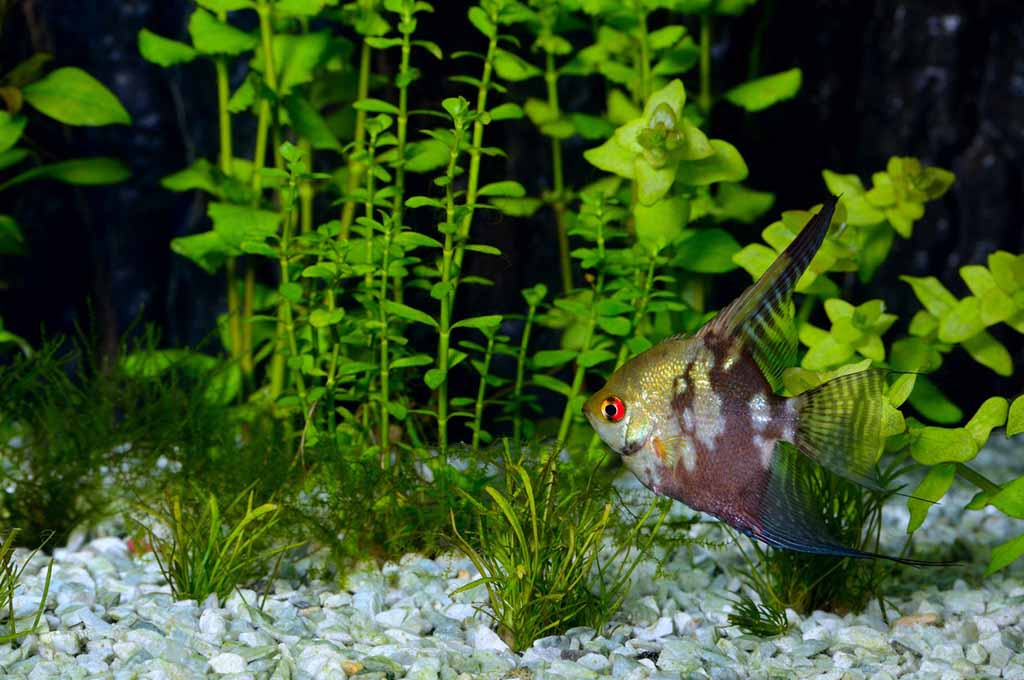
What fish eat plants
Closing Thoughts
Aquarium fish can be beautiful additions to a tank, but some enjoy munching on plants. This can be frustrating for aquarium hobbyists. The article details why fish eat plants and gives a list of the top 10 plant-eating aquarium fish.
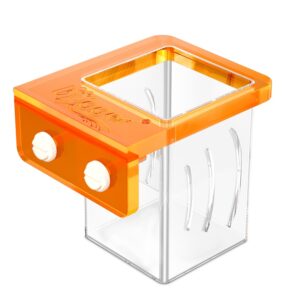
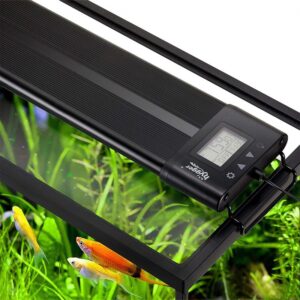
Leave a comment